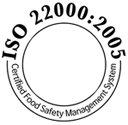Our Occupational safety management system
SGSL is an acronym for “Occupational safety management system”, an organisational system designed to ensure attainment of health and safety objectives by maximising benefits and minimising costs through organisation and management.
This system must guarantee:
A reduction in costs resulting from accidents injuries and work-related diseases through the minimisation of the risks to which employees and all the people who work with the Company (customers, suppliers, etc.) may be exposed;
An increase in efficiency
Improved occupational health and safety levels
Maximum ability to produce all documents required by new regulations.
Article 30 – Organisational and management models of Legislative Decree no. 81/08
defines the characteristics of SGSL systems which:
- must be adopted and effectively implemented, fulfilling all related legal obligations;
- must comply with the technical and structural standards of the law relating to equipment, plant, workplaces, chemical, physical and biological agents;
- must assess risks and provide prevention and protection measures;
- must prepare courses on issues like emergencies, first aid, contract management, periodic safety meetings, meetings with employees safety representatives;
- must prepare health monitoring activities;
- must arrange information and training of employees;
- must prepare supervisory documentation and procedures in accordance with the procedures and work instructions;
- must acquire the documentation and certifications required by law;
- must periodically check the application and effectiveness of the procedures adopted.
Food safety
HACCP (Hazard Analysis and Critical Control Points, literally, “Risk Analysis and Critical Control Points”) is a system to prevent food contamination.
It monitors the food processing steps in which there could be the danger of biological, physical or chemical contamination of food by analysing all the possible dangers that might occur in each production process phase and in further phases such as warehousing, transportation, storage and sale to the consumer.
This control is intended to monitor the entire process chain of production and distribution of food by placing a major emphasis on food quality, particularly with regard to health and safety, a concept that goes beyond mere customer satisfaction, but aims rather to protect public health.
Its purpose is to identify and analyse potential hazards and develop appropriate systems for their control.

The ISO 22000: 2005 standard is applied on a voluntary basis by food business operators.
It was published by the International Organisation for Standardisation (ISO) in September 2005 in order to harmonise the existing national and international standards on food safety and HACCP.
The standard is based on the principles of HACCP as defined by the Codex Alimentarius, and is aligned with the previous ISO 9000 and ISO 14000 standards.
It can be adopted by all operators in the food chain, not only by those directly involved in the process of food production, but also indirectly (e.g., packaging manufacturers, etc.).
Although not mandatory, this standard is a point of reference for operators for the implementation of EU regulations on hygiene and food safety.
